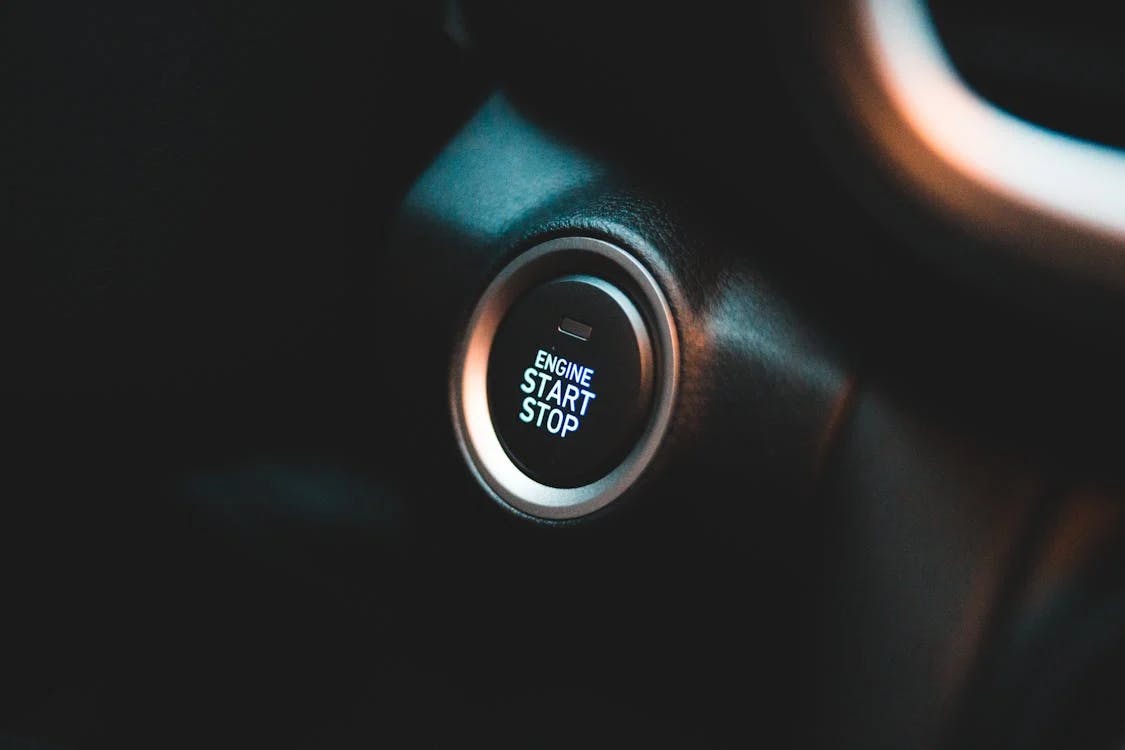Basic Automotive Troubleshooting: How to Identify and Fix Minor Issues
Experiencing car troubles can be frustrating, especially if you're not familiar with the basics of automotive repair. However, understanding some fundamental troubleshooting techniques can save you time and money. This guide will walk you through some common car problems and how to address them before seeking professional help.
1. Understanding the Problem
Before you can fix an issue, you need to understand what's wrong. Here are some initial steps:
- Listen and Observe: Sounds, smells, and visual cues can be indicative of certain problems. A burning smell, for example, could indicate an overheating issue.
- Check the Dashboard: Warning lights on the dashboard are your first indication of trouble. Refer to your vehicle’s manual to understand what each light means.
2. Common Issues and Solutions
Engine Won't Start
- Battery: Check if the battery terminals are corroded. Cleaning them might solve the problem. If the car makes a clicking noise, the battery might be weak and require a jump-start or replacement.
- Starter: A silent starter can be a sign of a faulty starter motor.
- Fuel System: Ensure there's fuel in the tank. A clogged fuel filter can also prevent the engine from starting.
Overheating
- Coolant Level: Check if there's enough coolant in the reservoir. Refill if necessary.
- Thermostat: A stuck thermostat can cause overheating and may need replacement.
- Radiator: Make sure the radiator isn’t blocked with debris. Cleaning the front of the radiator can improve airflow and cooling.
Brakes Squeaking or Grinding
- Brake Pads: Worn brake pads can cause squeaking and need to be replaced.
- Rotor Surface: Grooved or warped rotors can cause a grinding noise and might require resurfacing or replacement.
Poor Fuel Economy
- Tire Pressure: Incorrect tire pressure can lead to increased fuel consumption. Check and adjust the pressure as needed.
- Air Filter: A dirty air filter can reduce fuel efficiency. Replacing the air filter is a simple and cost-effective way to improve performance.
3. Tools and Resources
Having the right tools can make troubleshooting much easier. Consider these essentials:
- Basic Toolkit: Includes screwdrivers, pliers, a wrench set, and a socket set.
- OBD-II Scanner: Useful for diagnosing issues via the car’s onboard diagnostics port.
- Multimeter: Helps in testing electrical components like batteries and alternators.
4. When to Seek Professional Help
While many issues can be resolved with basic troubleshooting, some problems require professional expertise, especially those involving complex electronic systems or internal engine repairs.
5. Using Mavyn for Expert Advice
If you're stuck or unsure about a problem, Mavyn can help. Chat with Mavyn GPT for AI-driven guidance or connect with a human expert to get detailed, personalized assistance for your automotive issues.
Automotive troubleshooting doesn't have to be daunting. With the right knowledge and tools, you can identify and fix many common car problems on your own. Remember, regular maintenance is key to minimizing future issues.
For more detailed help or specific questions, don't hesitate to use Mavyn’s services to ensure your vehicle is in the best possible condition.
